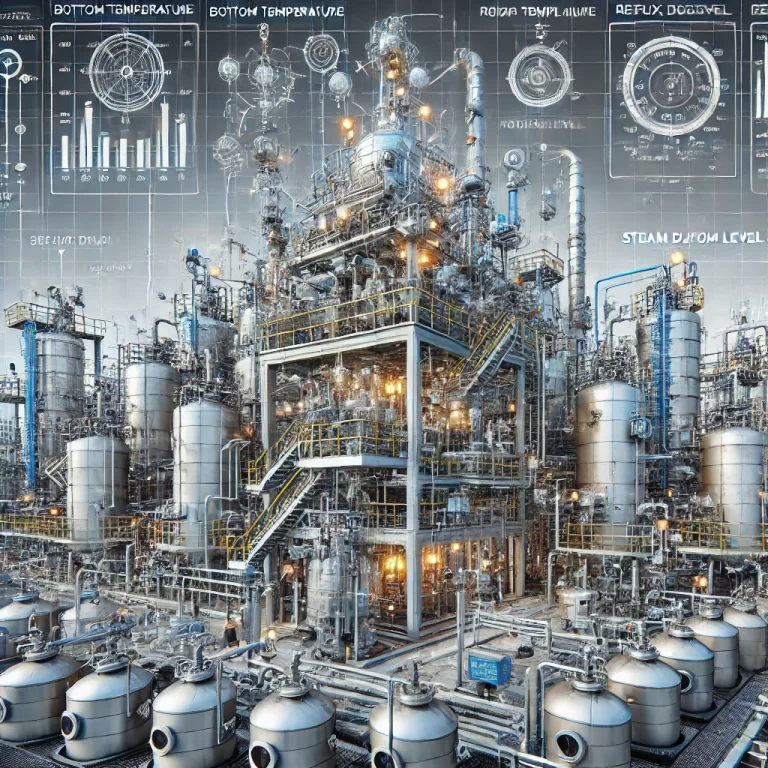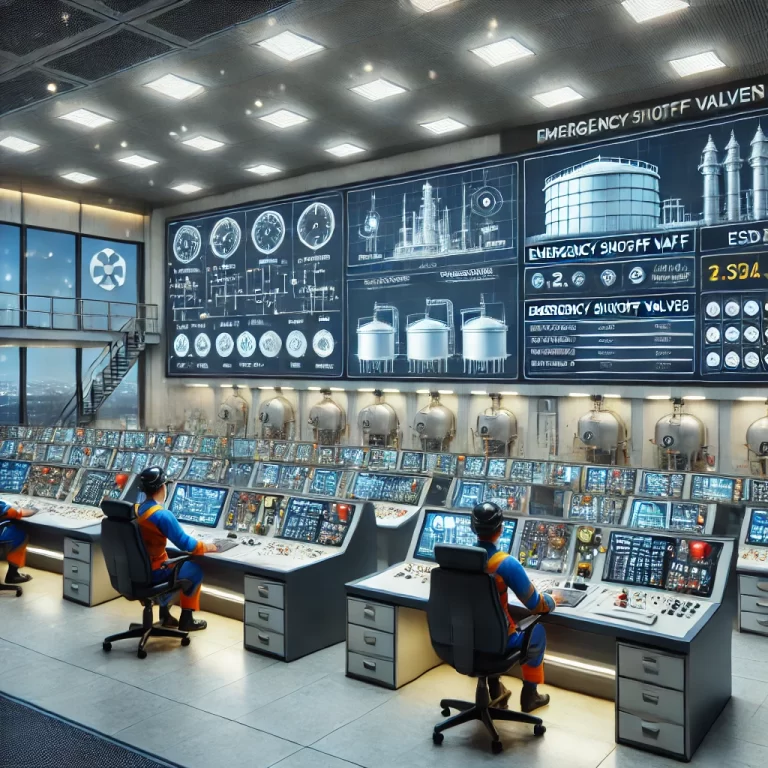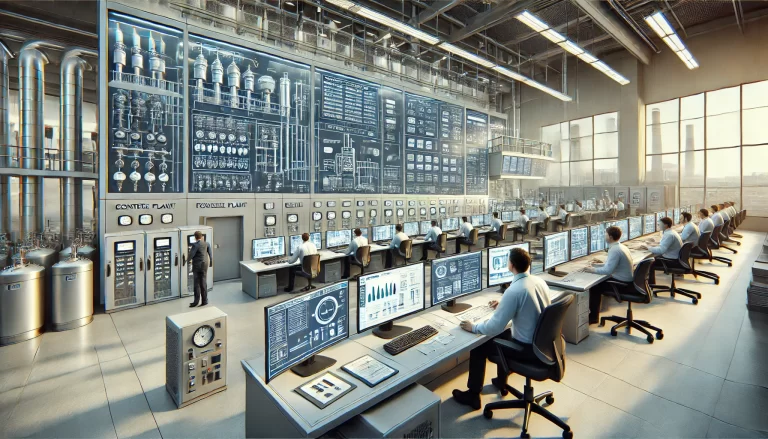Understanding Risk Classification Control and Hazard Identification
The Dual Prevention Mechanism is a safety management strategy consisting of two essential components:
Risk Classification Control
Hazard Identification and Rectification
These two elements work hand-in-hand to proactively prevent accidents in the workplace by ensuring both preventive control of risks and timely correction of hazards.

1. What Is the Dual Prevention Mechanism?
The core idea of the Dual Prevention Mechanism is to identify and manage risks before accidents happen, and to detect and eliminate potential hazards in a timely manner. It operates in two layers of prevention:
First-Level Prevention: Identify potential safety risks in advance and ensure proper risk control measures are implemented and maintained.
Second-Level Prevention: Detect and rectify any hidden hazards or shortcomings in the risk control measures to prevent them from evolving into real accidents.
By combining these two levels, the mechanism ensures a continuous loop of risk mitigation and hazard elimination.

2. Risk Classification Control
2.1 Risk Assessment Categories
Risk levels are categorized based on their potential impact, and each level is represented by a specific color:
| Risk Level | Color Code | Responsible Entity |
|---|---|---|
| Major Risk | Red | Functional departments or designated expert groups |
| Significant Risk | Orange | Workshop or department-level management |
| General Risk | Yellow | Team leaders and line supervisors |
| Low Risk | Blue | Frontline staff and operators |
Note: Acceptable risk is generally included under the “Low Risk” category.
2.2 Risk Control Responsibilities
Plant-Level Management handles major risks.
Workshop/Department Management controls significant risks.
Team Leaders oversee general risks.
Operators and Technicians are responsible for managing low-level risks within their own positions.
Risk management follows the principle of “Whoever is in charge, takes responsibility.” This ensures risk control is implemented effectively at all organizational levels.
2.3 Risk Control Measures
Identify all sources of danger and associated energy or materials.
Analyze potential accident scenarios and existing control measures.
Apply appropriate risk assessment criteria to classify and evaluate each risk.
Assign responsibility for risk control to appropriate personnel at various management levels.
Conduct regular inspections and verification of control measures.

3. Hazard Identification and Rectification
Hazard management is the second component of the dual prevention mechanism and focuses on identifying and correcting potential flaws in existing risk controls.
3.1 Department-Level Responsibilities
Each department must:
Organize regular hazard inspections.
Record and archive identified hazards.
Classify hazards by severity and report them promptly.
Develop rectification plans for significant hazards.
Track corrective actions and ensure implementation.
Conduct annual hazard analysis and summary reports.
3.2 Operator-Level Responsibilities
Each frontline employee must:
Take full responsibility for identifying hazards within their position.
Be familiar with possible hazard types and risk points in daily tasks.
Conduct safety checks before starting any job.
Properly use personal protective equipment (PPE).
Follow standard operating procedures (SOPs); avoid unsafe behavior.
Report any signs of physical or emotional distress to team leaders.
Proactively eliminate and report any discovered hazards.

4. Integration Between the Two Mechanisms
Hazard Identification and Rectification is embedded within the Risk Classification Control process.
Risk control sets the framework for safety, while hazard identification strengthens it through ongoing inspection and action. Together, they create a dynamic safety management system aimed at preventing accidents before they occur.

5. Safety Reminders
Every employee is a critical link in the safety chain.
Management at all levels must actively inspect, monitor, and reinforce risk control measures.
A successful safety culture relies on early detection, effective control, and collective responsibility.
